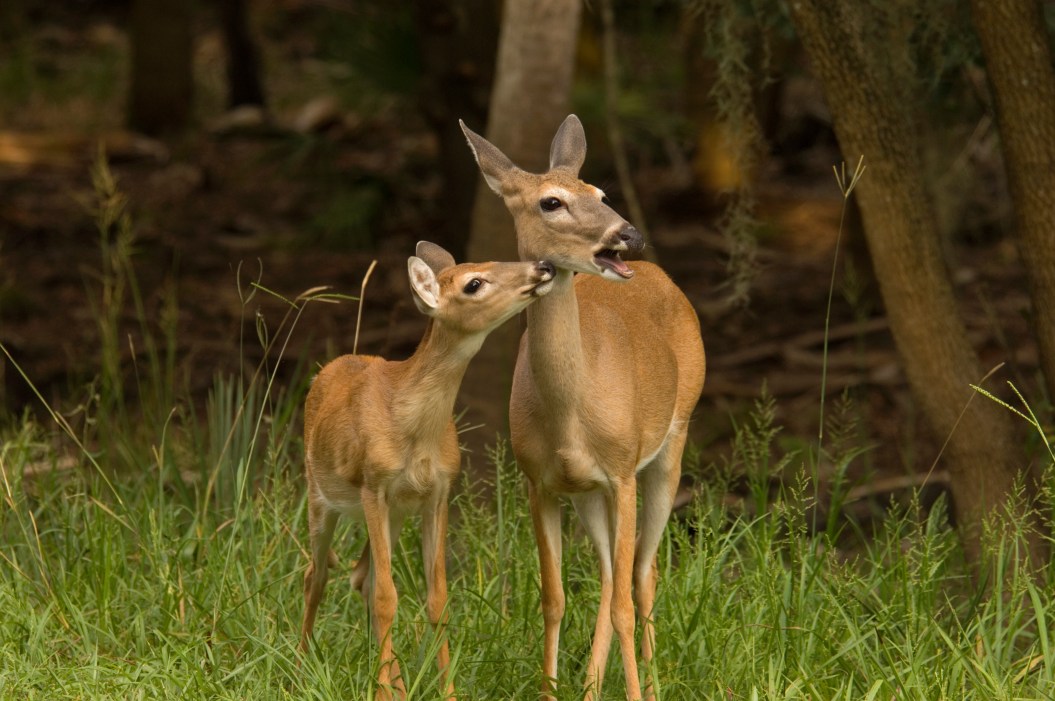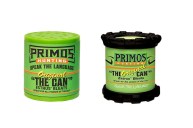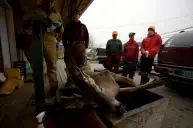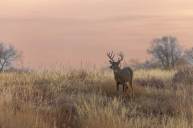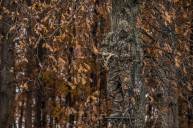While deer may seem like quiet, timid creatures, anyone who has spent enough time deer hunting knows that they are actually quite vocal with each other. From grunts to growls to snorts, deer use a variety of sounds to communicate.
Doe bleats are one of the more common vocalizations you'll hear from deer in the woods and are also the most well-known among hunters. Bleats are a common sound used to call bucks, and game call companies have likely made millions of dollars with specialty doe bleat calls meant to bring the big bucks in on a string.
However, does don't just bleat while in estrus during the rut. They also use bleats to communicate socially with other does. While it's impossible to know exactly what these animals are communicating to one another, we can make some educated guesses based on how other deer react to hearing the sounds.
Understanding deer calls will help you become a better deer hunter. The better you understand deer calls, the better your odds of finding or attracting a big buck this fall during the rut.
Doe Estrus Bleats
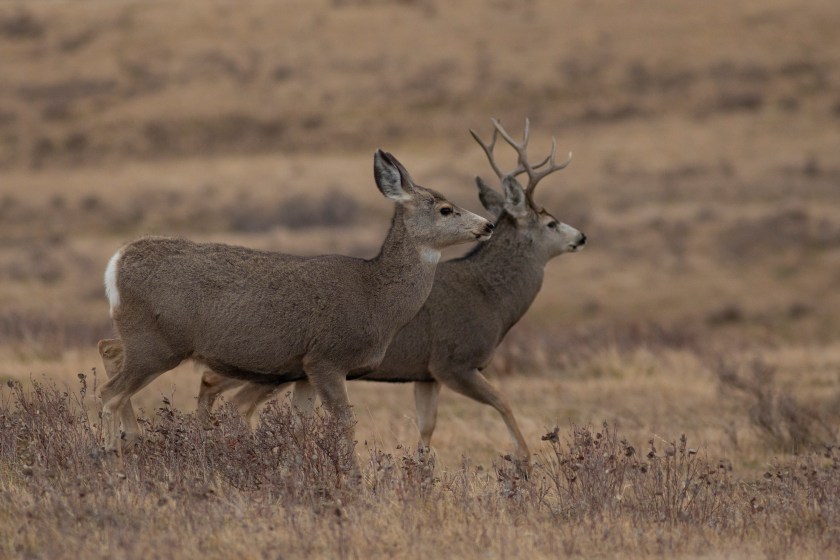
Getty Images, gsagi
Estrus bleats are the ones most hunters are familiar with and, even if you're not a hunter, the type of bleat you're most likely to hear, as they are the loudest. Estrus is the time when a female animal is in heat; for does, this happens in the fall during the rut. You'll hear does making this sound while they are being tended by a buck or while a doe is in heat with no male suitors around.
The estrus bleat is typically drawn out and more guttural than other forms of bleats. The best way to describe it would be a "bawwwwl" type of sound. In rare cases where a buck isn't present, the sound may get louder, more desperate, and drawn out if she cannot find a mate.
Deer hunters use tools that replicate the estrus bleat when hunting during the rut. When used properly, these game calls can convince a buck that there's a doe in heat nearby. Add a little doe-in-heat lure, and possibly a decoy, and you've got a combination bucks find hard to resist.
Most deer hunters agree that estrus bleat calls work best in the early season before the rut when bucks are still cruising for does. In many parts of the country, that means the last weeks of October and the first weeks of November. For those hunting areas with a healthy buck-to-doe ratio, you can mix in some buck grunts and maybe a little rattling to add to the effect. You may be able to convince a buck that there's a doe in heat that is being fought over nearby.
Doe Social Bleats
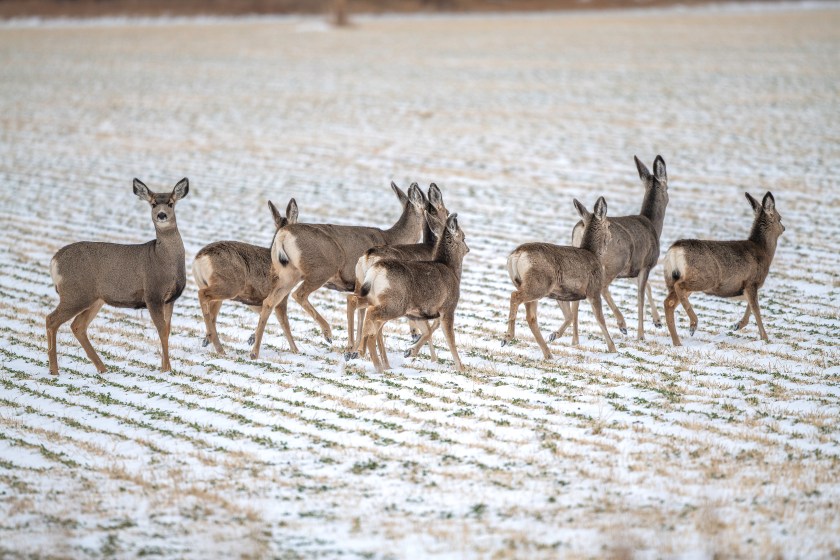
Getty Images, John Morrison
While I've been hunting for over 20 years, I hadn't noticed the social bleats of does until just a few years ago. That's because these bleats are soft and subtle, to the point that they are almost inaudible unless there's no wind or you're close to the animals. They're higher-pitched than estrus bleats, and have a vibrating sound, much like a goat. Does typically bleat when they are gathered together or with their fawns.
The does alter the cadence and pitch of these bleats depending on the scenario. Hunters are likely to hear the soft and short "bawl" does make while they are at ease. It seems to be a sort of an "all clear" or "don't worry, it's safe," signal to other deer, especially on food plots when deer are most vulnerable to predators.
I've also noticed that some bleats are used when establishing a pecking order within a group of does. In my part of southern Michigan, I've seen does face off with others and even paw at rivals with their hooves to run them off. This is usually accompanied by a shorter bleat that seems to cut off suddenly. It has a harsher tone to it that seems to say, "Hey, back off! I'm the leader here."
There are also fawn bleats. You're more likely to hear these while observing deer in the summer months since many does are sending their fawns off into the world to fend for themselves by the time fall rolls around. A fawn bleat is usually a much more nasally version of the adult bleat, more of a whine. Fawns might do this if they are lost, scared, or hungry.
Not many deer hunting enthusiasts use social bleats during deer hunting season, and most of the focus is on estrus bleats since they're more likely to call in a buck. If you do want to mimic social bleats, you'll likely need a reed-style bleat call. It's not likely one of these bleats will bring in a big buck, but they can still be worth doing if you're in a high-pressure hunting area and you want to fool wary deer into thinking the area is safe.
Just like with estrus bleats, we recommend backing off on the calling once you spot a deer in the vicinity. Overdoing any calling is just going to draw unwanted attention to your blind or treestand.
Until someone invents a deer translator, there is a chance we're not catching every single nuance of what deer bleats are conveying to one another. However, given the simple nature of the whitetail, and observations of deer reacting to said bleats, we can make a good guess as to what most mean. And if you manage to say the right thing at the right time with one of these calls, you'll find it's one of the most effective attractants there is for bringing in deer that otherwise may never have walked past your stand.
